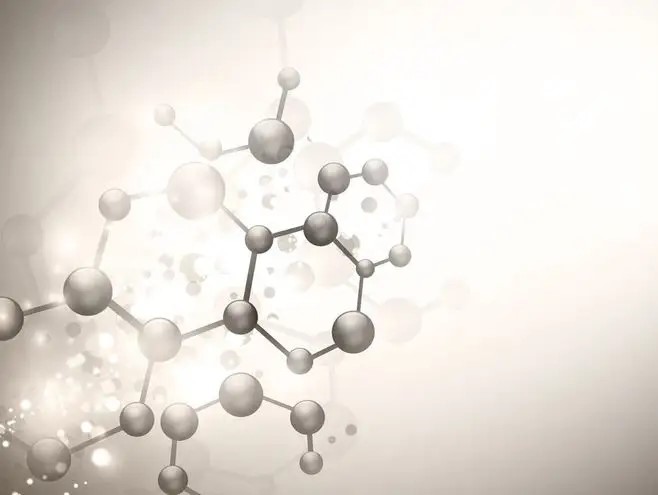It is composed of monomer and oligomer and contains active functional groups. It can initiate polymerization reaction by light initiator under UV irradiation to generate insoluble film. Light cured resin, also known as photosensitive resin, is an oligomer that can undergo rapid physical and chemical changes in a short time after being irradiated by light, and then crosslink and cure. UV curable resin is a kind of photosensitive resin with low relative molecular weight. It has reactive groups that can be UV curable, such as unsaturated double bonds or epoxy groups. UV curable resin is the matrix resin of UV curable coatings. It is compounded with photoinitiator, active diluent and various additives to form UV curable coatings.
The UV curable resin is composed of monomer and oligomer. It contains active functional groups and can initiate polymerization reaction by light initiator under UV irradiation to generate insoluble film. Bisphenol A epoxy acrylate has the characteristics of fast curing speed, good chemical solvent resistance and high hardness. Polyurethane acrylate has the characteristics of good flexibility and wear resistance. Light cured composite resin is a commonly used filling and repairing material in the Department of Stomatology. Because of its beautiful color and certain compressive strength, it plays an important role in clinical application. We have achieved satisfactory results in repairing various defects and cavities of anterior teeth.
The comparison of oral therapy
For large-area deep caries, many traditional restoration methods have their own advantages and disadvantages: amalgam has high hardness and strong compression resistance, but has no adhesion (no two-way traction), only relies on mechanical embedment, has creep, and has certain corrosiveness and toxicity. The analysis of dissolved substances shows that Mercury, silver, copper and zinc are dissolved [2]; Glass ionomer cement has good adhesion, but it has poor hardness, is not wear-resistant and is easy to change color; Inlay (including alloy, plastic and porcelain) restoration, crown post crown core restoration, metal shell crown and porcelain fused to metal crown restoration are widely used in clinical practice, but the tooth preparation has large wear, complex process and high cost.
UV curable composite resin is widely used in clinic. It has good performance, beautiful and lasting color, simple operation, low cost and is very popular. But photosensitive resin has phototropism. The direct filling method in the mouth is adopted, and the light source comes from one direction, which is bound to cause that the resin polymerization at the bottom and wall of the cave is not as good as the surface, resulting in cracks at the junction of the bottom teeth [3]. Some studies have shown that the curing degree of the composite resin after light curing is 43%~64%[3]. In fact, such fillers only play 1/2~2/3 of their material properties. In order to solve this problem, layered filling (2 mm for each layer) is usually used for light curing in clinic, but each layer of this method is exposed to a humid environment in the oral cavity, so there is a stack of n-1 “layers” in the filling that are single layers. Now it is widely used in coatings and inks.
Post time: Jul-19-2022













